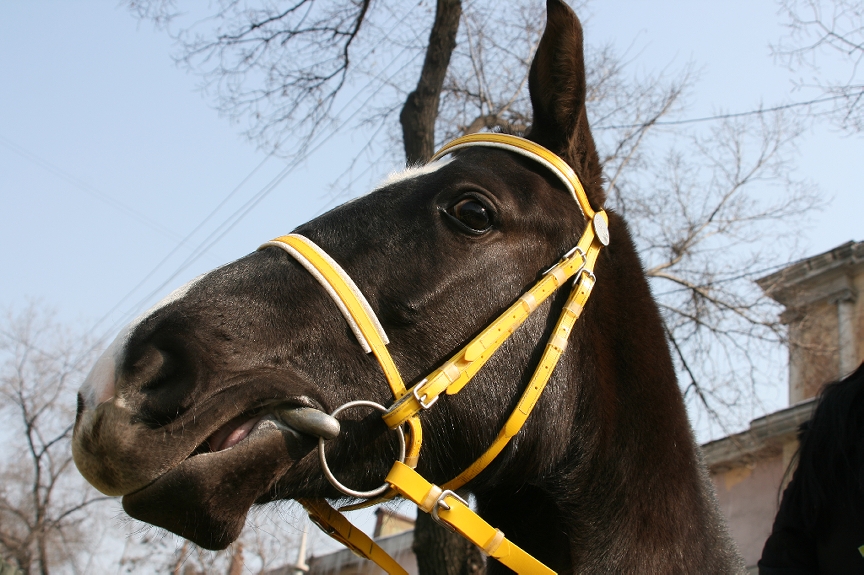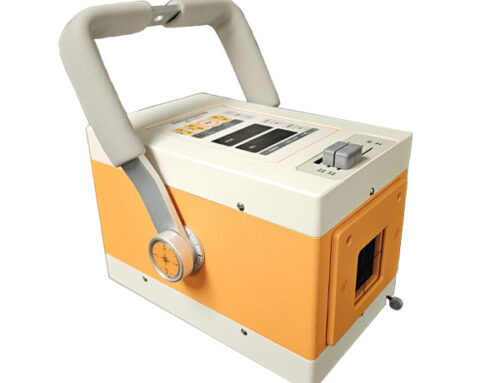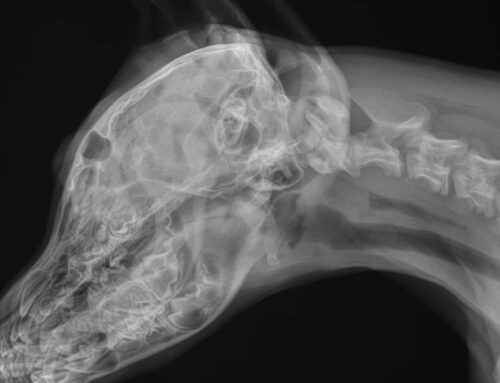All horses shake or toss their heads from time to time. Some exhibit the behavior far more often than others. In cases where head shaking is so frequent or violent that it interferes with the horse’s comfort or use, an effort should be made to find the cause. Asking questions about the horse’s habits may be the key to breaking the code.
The signs of headshaking are variable and are loosely categorized into reflex responses — such as the twitching, plus ear and eyelid flicks—and pain responses—rubbing, sweating and rearing or striking at the face.
Does the horse toss his head only when ridden?
This may indicate pain.
Dental-Have an equine dentist do a thorough oral exam to make sure the teeth do not have sharp points or edges that are irritated by the pressure or position of the bit.
Leg & Back– Subtle lameness or back pain can be a cause of head tossing as the horse tries to find relief from discomfort.
You– No owner likes to hear that her rough hands are the problem. If the horse does well with another person, a subtler touch may be necessary.
Does the horse toss or shake his head in the field or stall as well as under saddle?
Sunlight-Some horses are extremely sensitive. Kansas State University’s College of Veterinary Medicine explains that exposure to bright light causes a nerve in the head to send a shock-like sensation to the horse’s face, resulting in violent flinging of the head. This type of head shaking is typically worst in the summer but is also seen on bright winter days. A horse with this condition, called photic head shaking, may also sneeze or snort frequently, and may try to rub his nose or face against his legs or other objects. Affected horses like to stand in the shade or at least keep their heads shaded by a barn, hedge, or pasture pal.
Nerve involvement- According to UC Davis-Veterinary Medicine, trigeminal mediated headshaking (HSK) in horses is manifested as a painful disorder consisting of violent head flicks with no apparent stimuli and has been described for over 100 years. Neuropathic pain is characterized by sudden onset of itching, burning, tingling or electric-like sensations. In horses with headshaking, this neuropathic pain may be manifested behaviorally by sudden jerking of the head, rubbing the nose on objects, lip movements and snorting.
Ears-Irritation of the ears because of mites, ticks, and other insects can cause a horse to toss his head. Tumors within the ear are another possible cause. A veterinarian can often pinpoint the problem and suggest treatment and prevention measures.
Eyes-Some horses have tiny retinal fragments or bits of tissue floating in the jellylike substance within the eye. One theory to explain head tossing is that, as the horse exercises, these “floaters” change position, suddenly entering the field of vision and causing the horse to throw his head up and away from what he perceives as a threat.
So what can you do if your horse is a head tosser?
- Try to determine the circumstances that trigger head shaking.
- Describe the problem to your veterinarian and ask him to conduct a thorough examination. This may involve tests for lameness or stiffness, nerve blocks of the facial area, and trials of various medications.
- Ask an equine dentist to examine your horse and treat any problems or abnormalities.
The content is not medical advise, nor is it intended to be a substitute for veterinary treatment or care. First, consult with your veterinarian before use.






